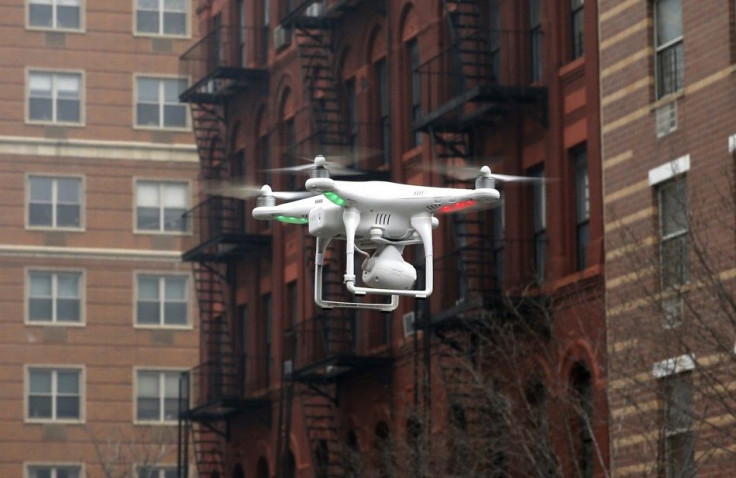Drone Technology Makes Trip To Mars Possible

A flight to Mars may be possible as NASA is building a drone airplane to send to the Red Planet by 2024, NBC reported. Due to new technologies, NASA is developing a small, lightweight craft which is built to perform aerial surveys and locate landing areas.
A prototype of the Preliminary Research Aerodynamic Design to Land on Mars, or Prandtl-m, according to the report, will be launched via a high altitude balloon by the end of 2015. The Prandtl–m will then be let go at a 100,000 feet altitude to replicate the flight conditions at the Red Planet.
The aircraft would be part of the ballast that would be ejected from the aeroshell that takes the Mars rover to the planet," Al Bowers, NASA Armstrong chief scientist and Prandtl-m programme manager, said in a news statement.
“It would be able to deploy and fly in the Martian atmosphere and glide down and land. The Prandtl-m could overfly some of the proposed landing sites for a future astronaut mission and send back to Earth very detailed high resolution photographic map images that could tell scientists about the suitability of those landing sites," he said.
The drone technology is only one of the few plans to eventually send humans to Mars. The planet is the fourth one from the Sun, and because research have shown that it has the similar season cycle to those of the Earth, the possibility of sending humans to Mars is greater than the other planets in the solar system.
Orbiters and rovers have been sent to Mars since the 1950s, which have been studying the planet’s atmosphere. In fact, several projects are being conceptualised to send humans to Mars by 2025.
The ever-evolving technologies will make human mission to Mars a possibility. NASA’s project to send unmanned aerial vehicle, or UAV, to the planet can help further research and determine suitable landing sites for the mission.
Over the past few years, technology has become more affordable and accessible that amateur and professional photographers are now sending their cameras into the sky. The drone technology is now popular and in very high demand, causing prices to go down. It is now used widely in science, research, agriculture, media, energy, manufacturing and law enforcement.
Drones are small, unmanned aerial or ground-based vehicles that are operated for fun or business —much like a hobbyist’s radio-controlled helicopter, car or a flying robot. According to PR Newswire, in five years, the global commercial drones market is estimated to reach $1.27 billion by 2020. Drones being developed are now equipped with better data processing capabilities and can take high-resolution video and images.
Several countries are also embracing the technology from America, Europe and Asia Pacific. The report added that in 2014, America topped other continents in terms of market revenue for the commercial drone market, and this is expected to double by 2020.
The drone technology will also be a boon for other industries such as copper mining. Copper’s durability as a corrosion resistant element has been proven. Copper’s use is everywhere from electronics, architecture, renewable energy and manufacturing.
Copper is an excellent source metal to manufacture drones. One mineral explorer that can help out further the thriving drone industry is Amur Minerals Corporation (London AIM: AMC). Amur Minerals has just received its mining license from the Russian government for its Kun-Manie project.
Better regulation and easing of requirements to fly commercial drones in airspace are expected to increase use of UAVs in various sectors. A report from the Washington Post said that United States will be less restrictive in the use of drones in airspace. The restrictions may take a long time to approve but can bring solutions that can help shape the future of drone technology.
To contact the writer, email: vittoriohernandez@yahoo.com





















